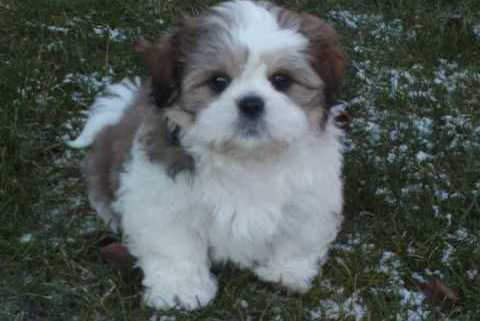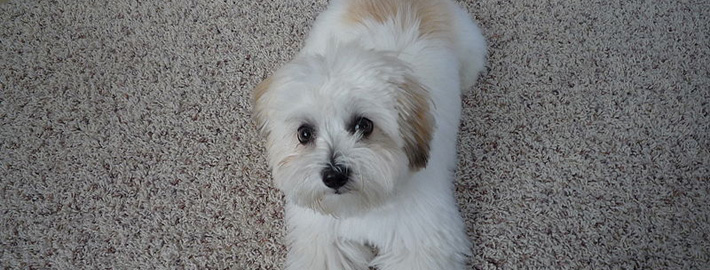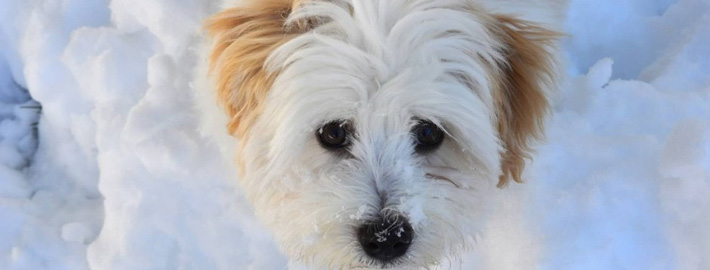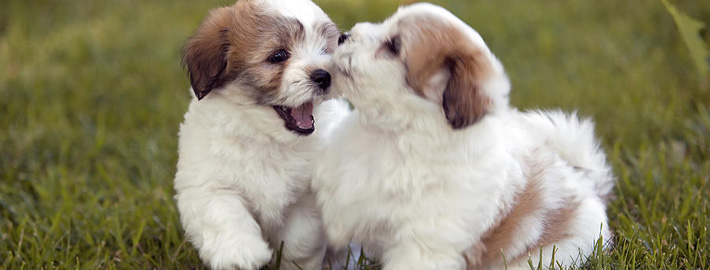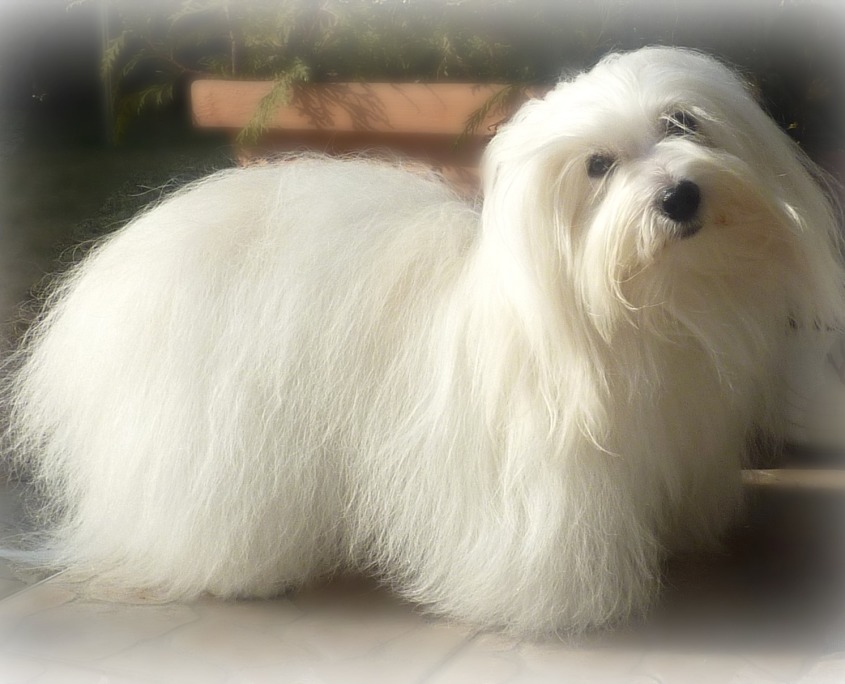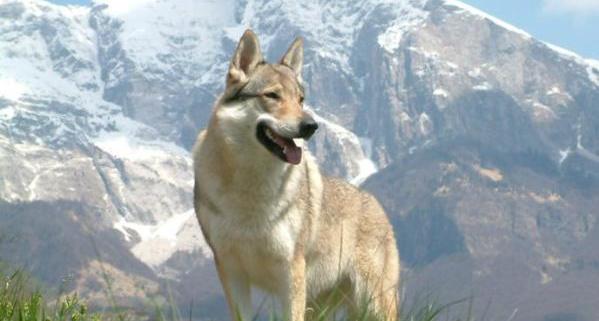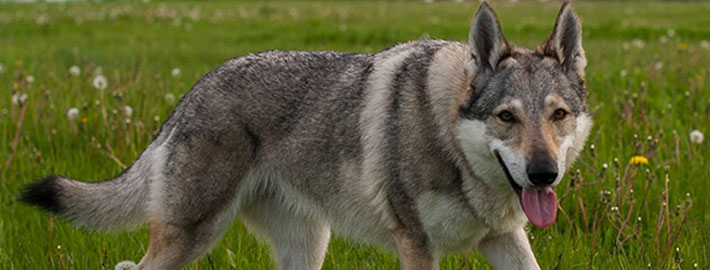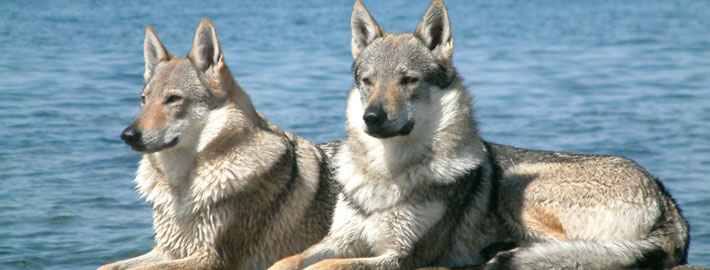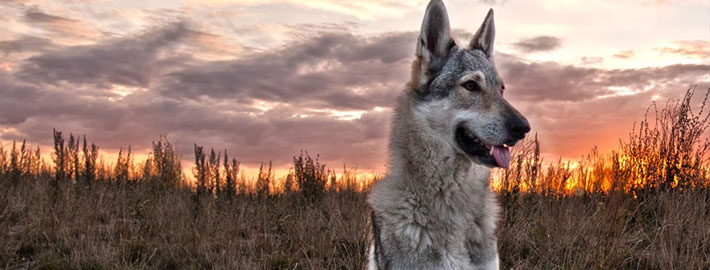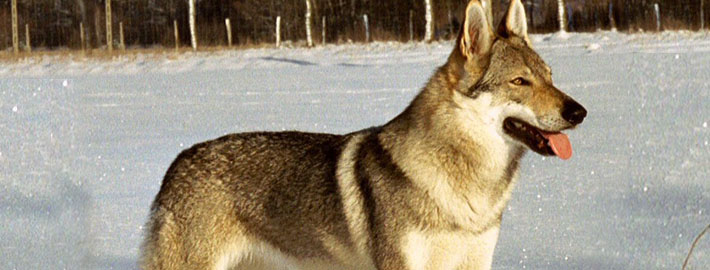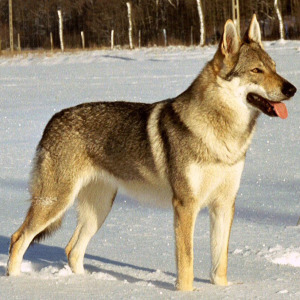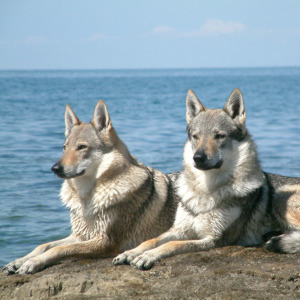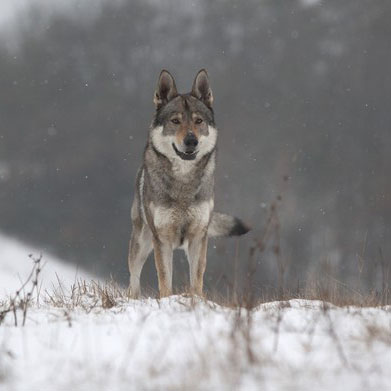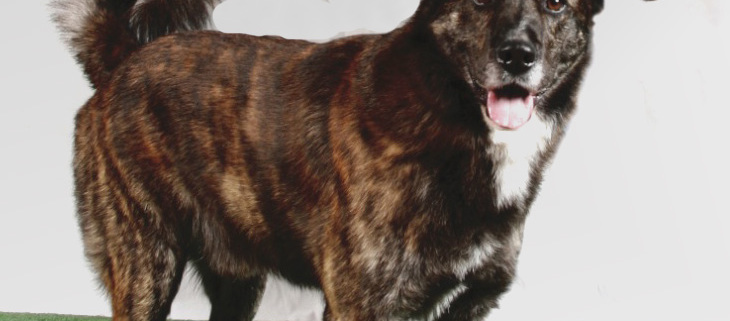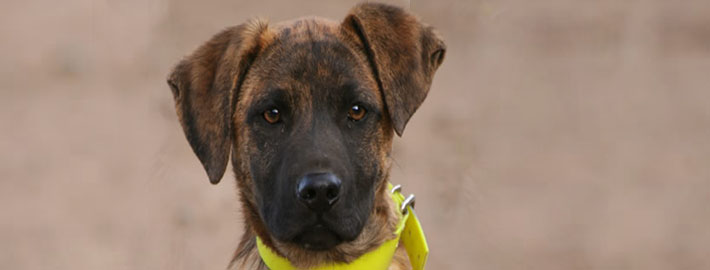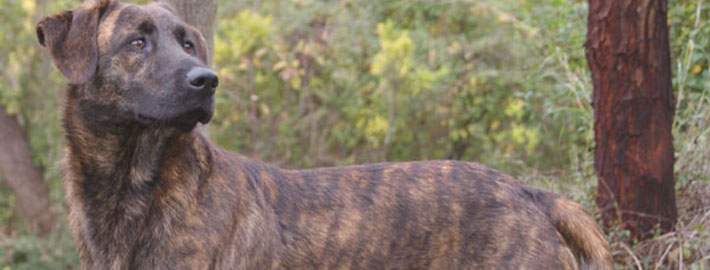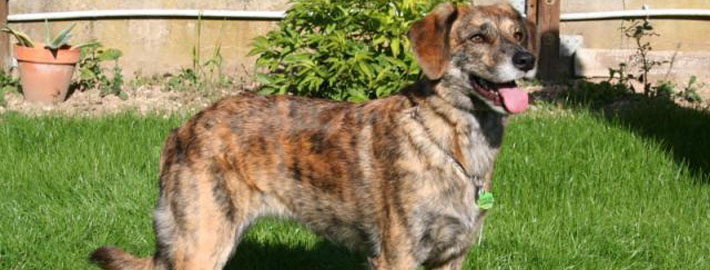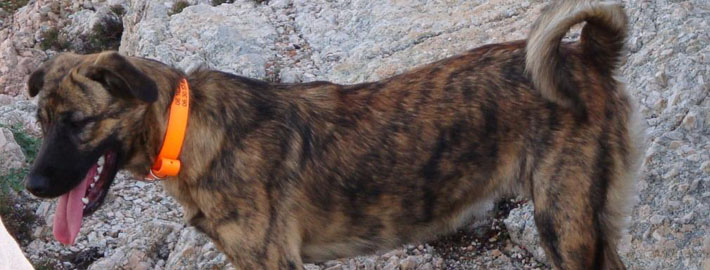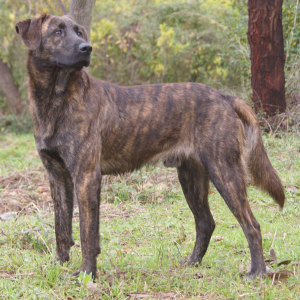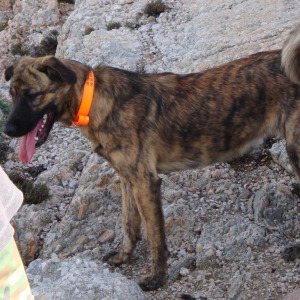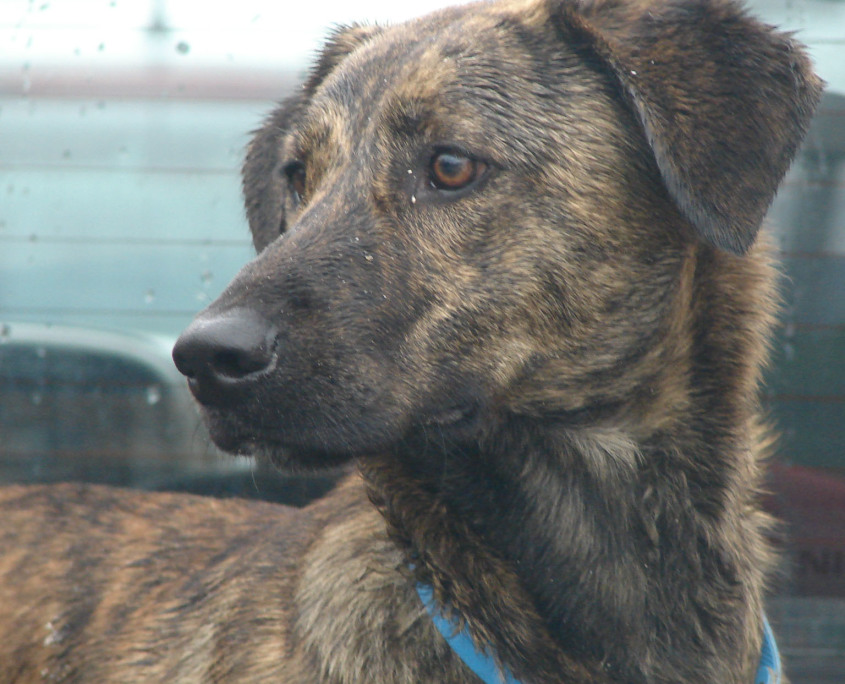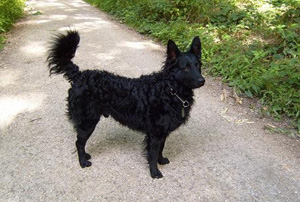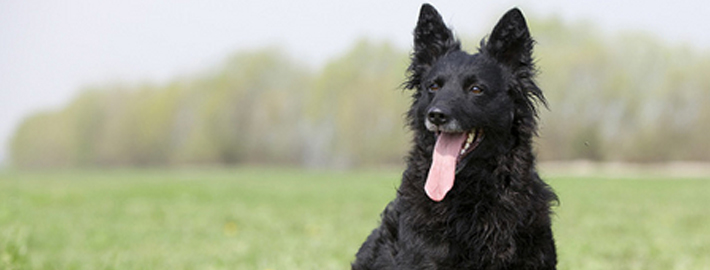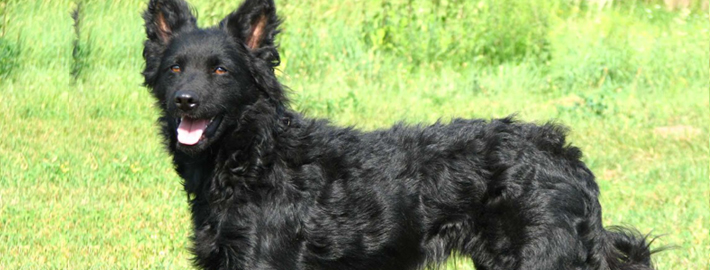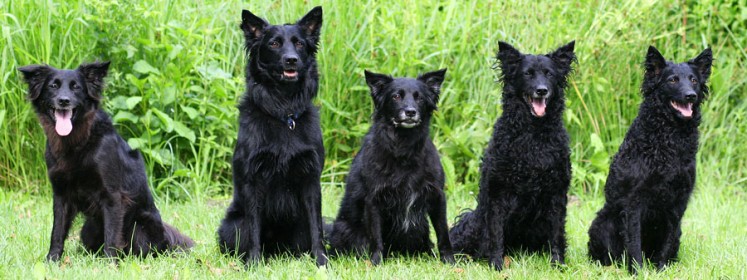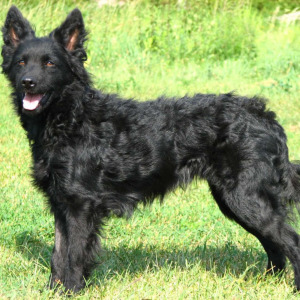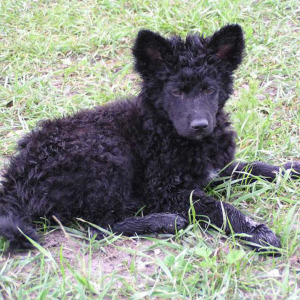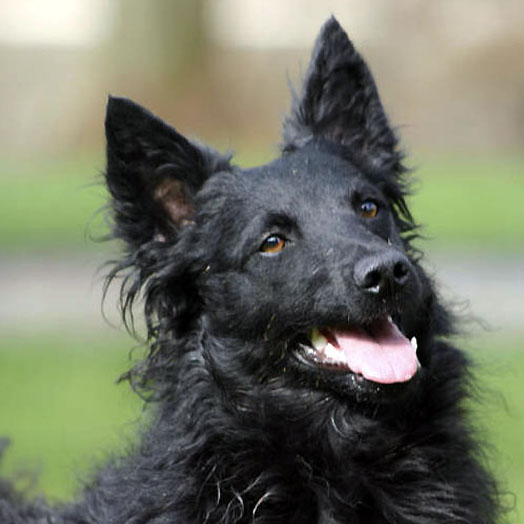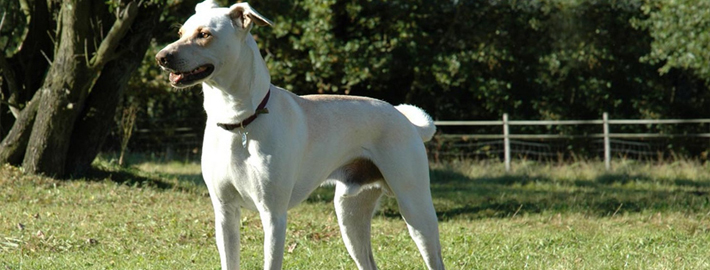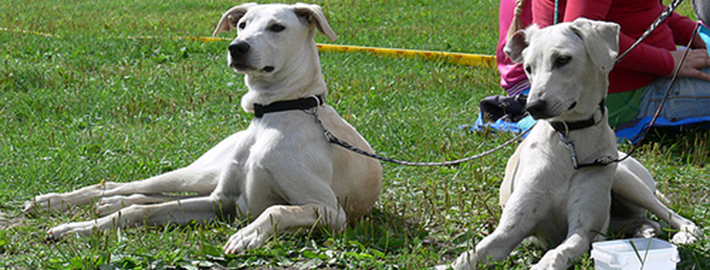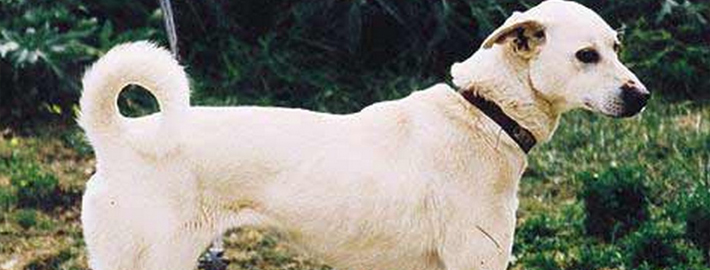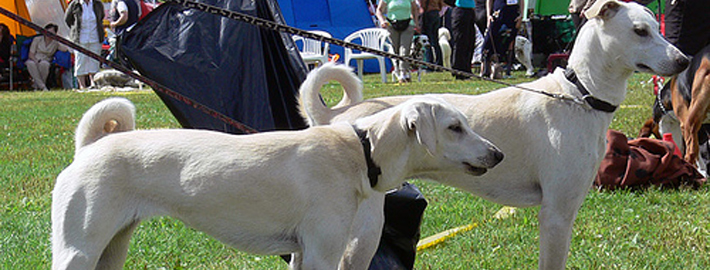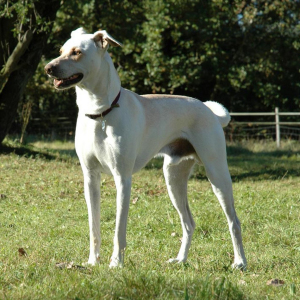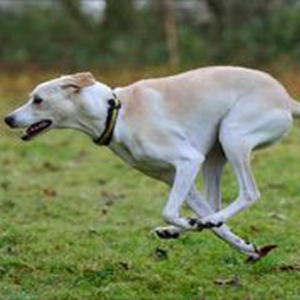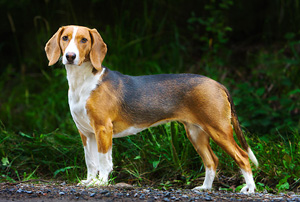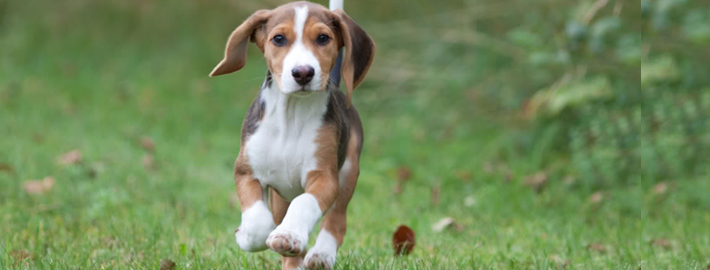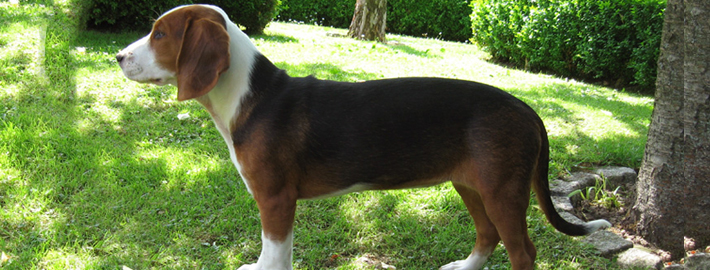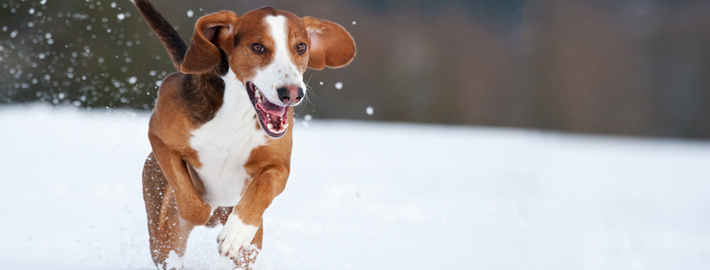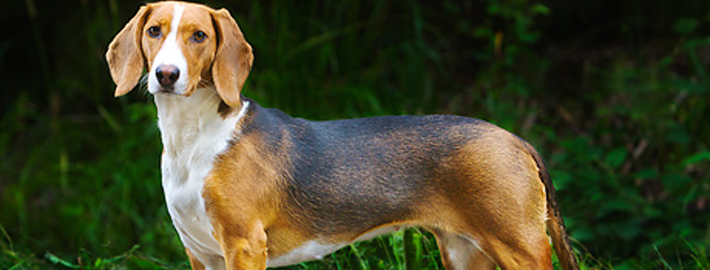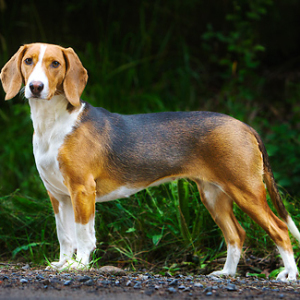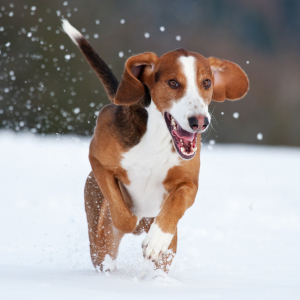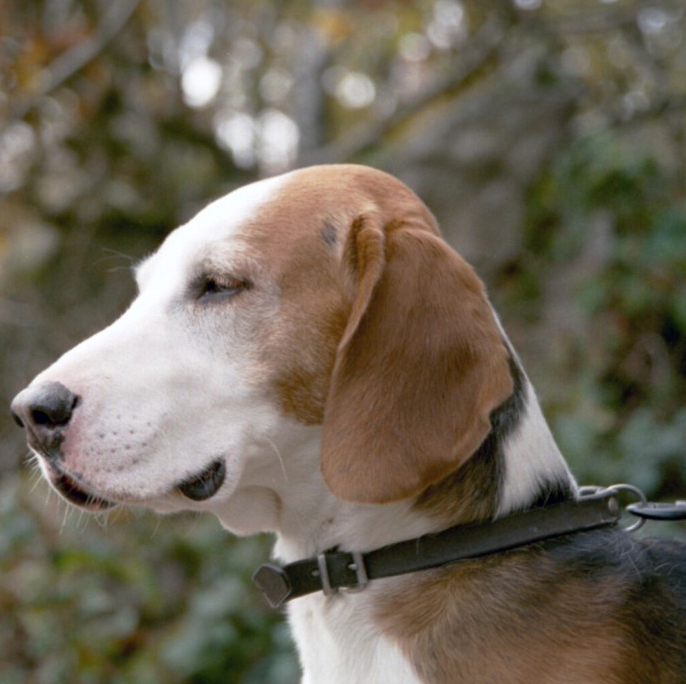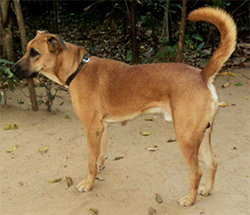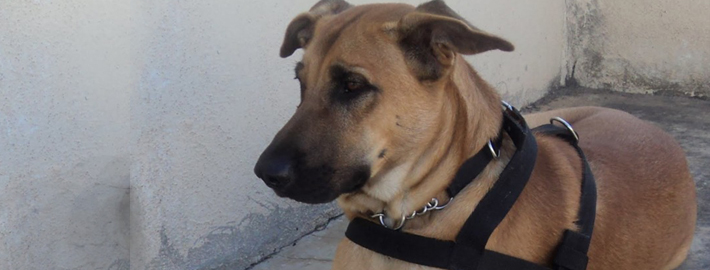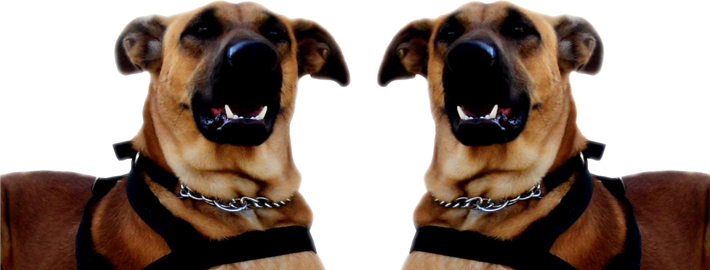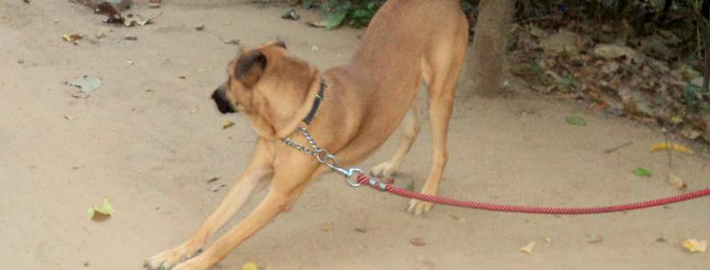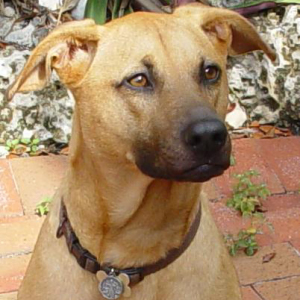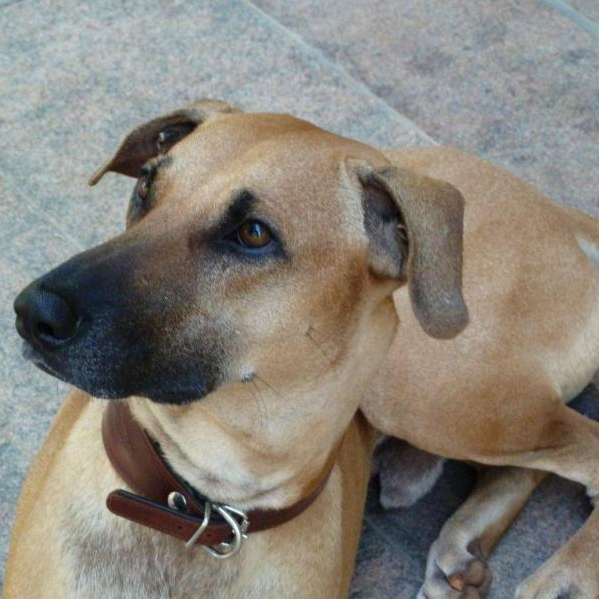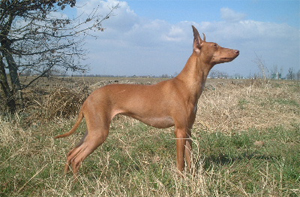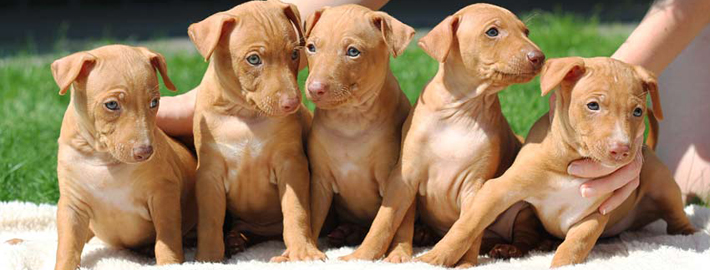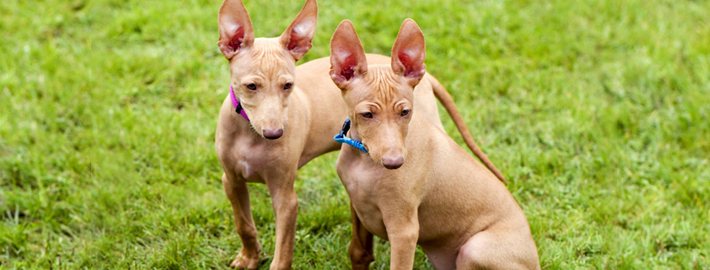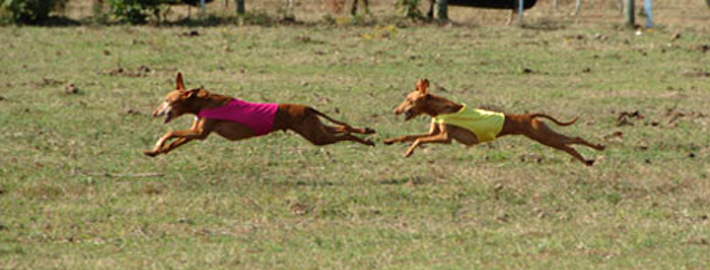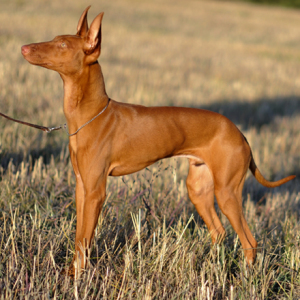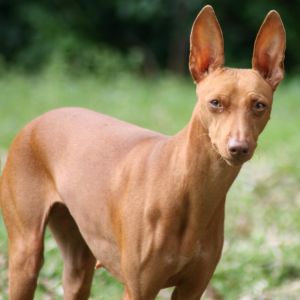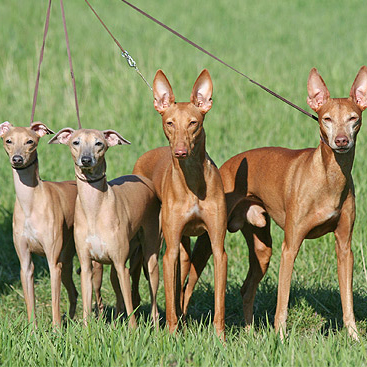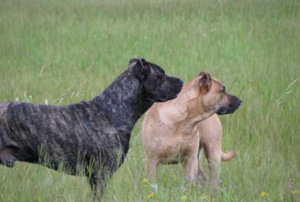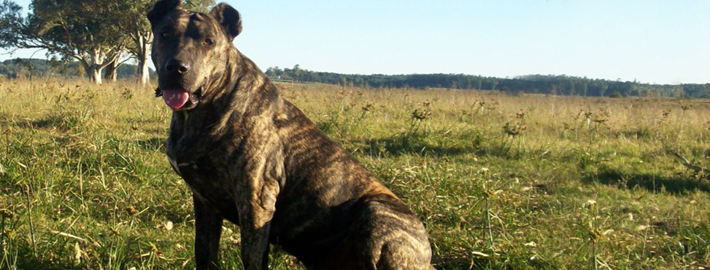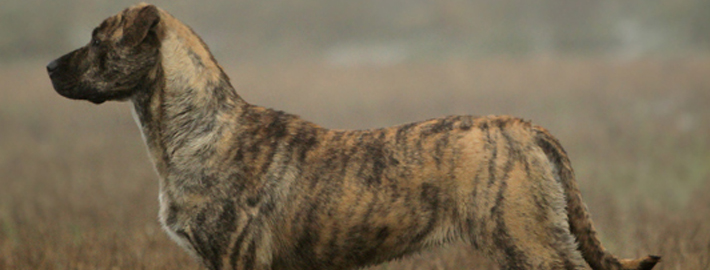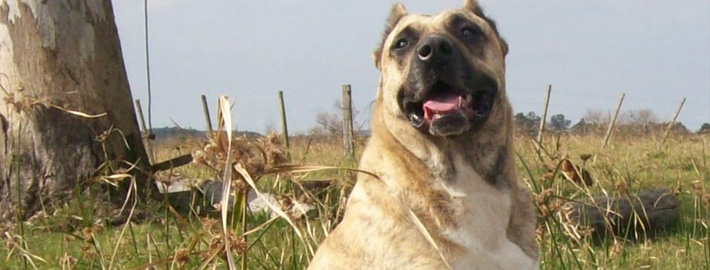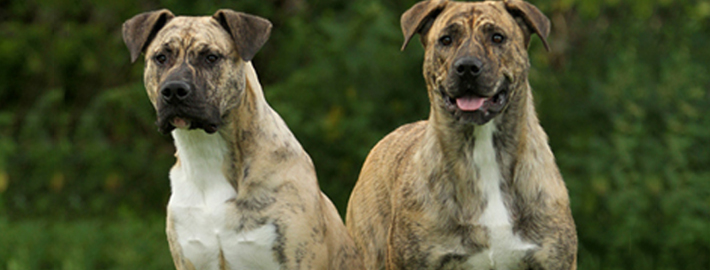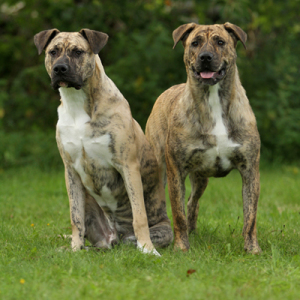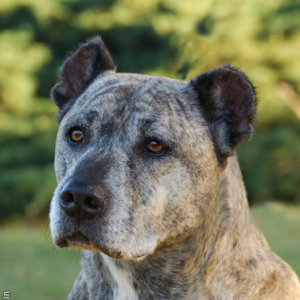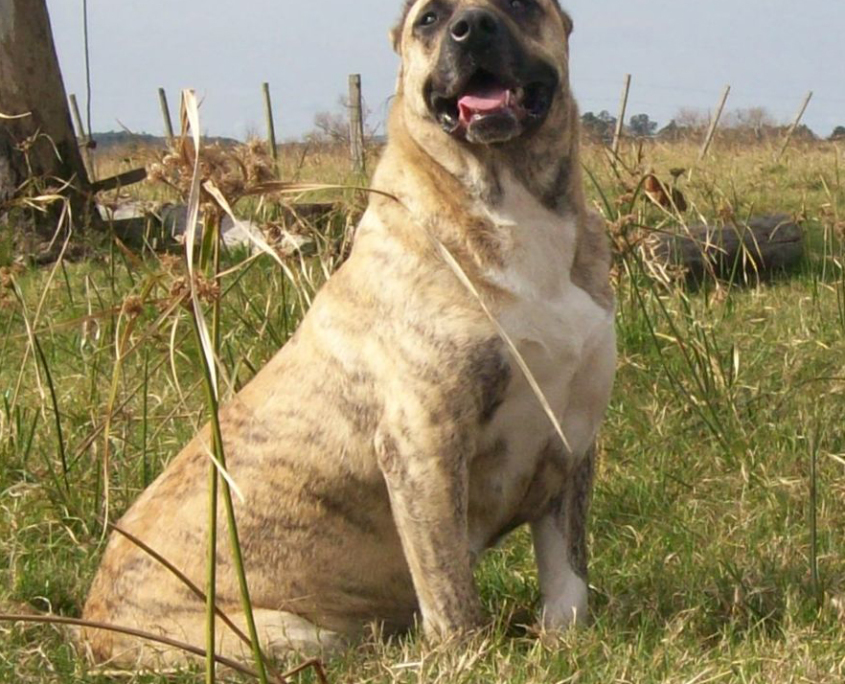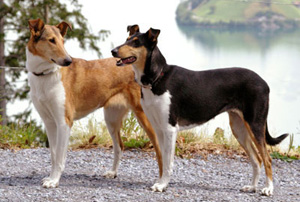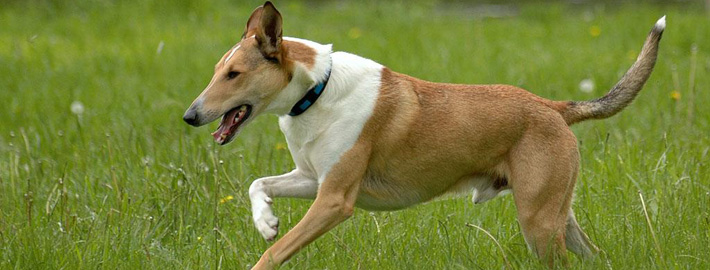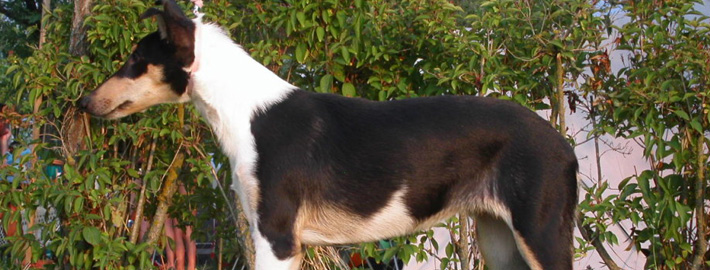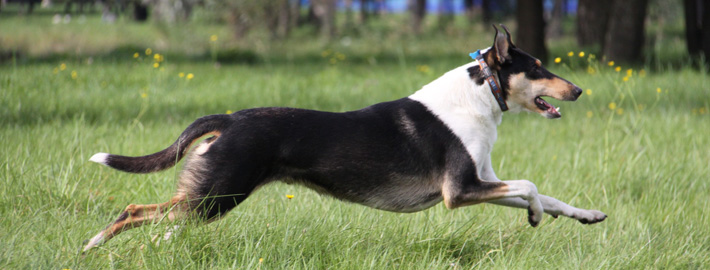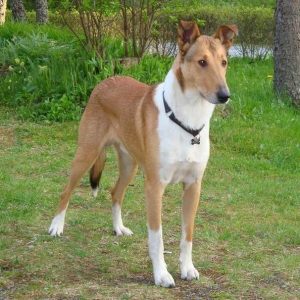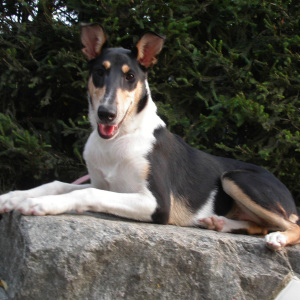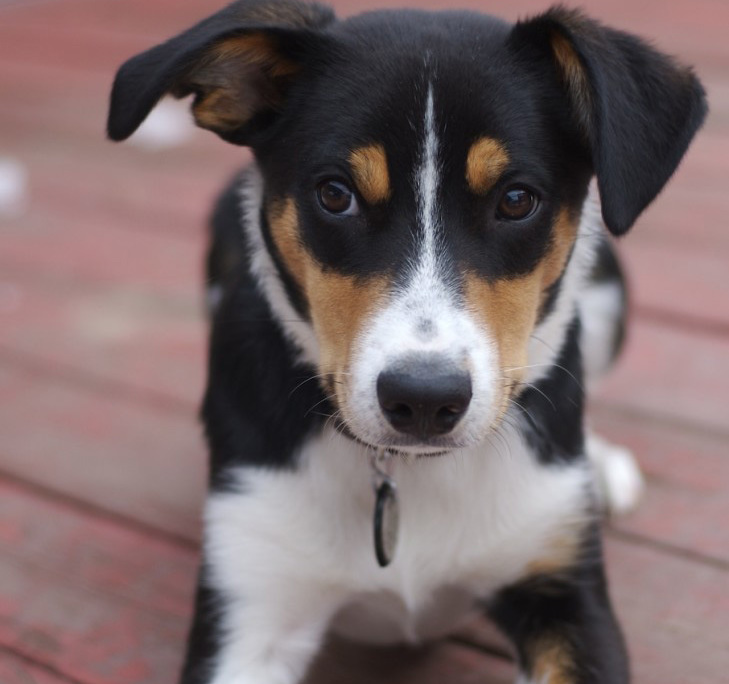Coton de Tulear
Coton de Tulear – The Cottony Companion
What makes the Coton de Tulear Unique?
Given their angelic appearance and their inherent desire to please their human owners, it is no wonder that the Coton de Tulears have a growing international fan base.
.
Breed Groups
Page Contents
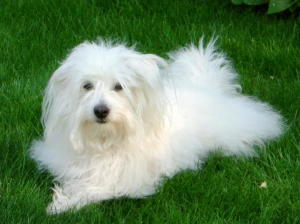
Is the Coton de Tulear Right For You?
Coton de Tulears are said to have a comical, happy-go-lucky personality that is particularly noticeable in the late evening hours. Members of this breed get along great with other pets and any human beings they happen to encounter. After all, these dogs are people pleasers of the highest order and they like nothing better than having an attentive audience for their many antics. Many members of this breed excel at tricks such as walking on their hind legs. However, these dogs are just as happy to cuddle up with their humans on the sofa as they are to indulge in a quick game of fetch.
In 5 Words
- Lively
- Playful
- Vocal
- Intelligent
- Affectionate

Characteristics
Learn About the Coton de Tulear
Description
General Description
Coton de Tulears possess large, dark eyes that are set far apart. The small dogs should also have a lively expression on their faces. Dark noses and teeth that meet in a scissors bite are other breed features. These individuals have erect, triangular-shaped ears that are covered with fur. Members of this breed also have strong, straight limbs that carry them forward with a free-flowing gait. They additionally possess low set tails that curve upward at the tips. These appendages are carried over their backs when the dogs are in motion.
Size
According to the Fédération Cynologique Internationale standards, females of this breed should stand between 9 and 11 inches (22 and 27 centimeters) tall. Their male contemporaries should be between 10 and 12 inches (25 and 30 centimeters) in height. Female dogs average 7.7 to 11 pounds (3.5 to 5 kilograms), with the male dogs being heavier at 8.8 to 13.2 pounds (4 to 6 kilograms). Of course, these standards do vary somewhat between breed organizations. On occasion, Coton de Tulears that are taller than the breed standards may be born to parents that fit the requirements themselves. While these larger individuals are ineligible for the show ring, they nonetheless make good pets.
Coat
These dogs have a thick, wavy coat that is soft to the touch. Most Coton de Tulears are primarily white or black in color, with the former hue being preferred in show animals. According to the American Kennel Club (AKC) standards, members of this breed may also have grey, tricolor, yellow, or white markings. Tricolor Coton de Tulears are usually white, cream, and black rather than the black, brown, and white color combination that is commonly seen in other breeds.
Short History of the Coton de Tulear
There are many interesting tales as to how the Coton de Tulears’ ancestors arrived on the island of Madagascar. Some sources report that these dogs were the traveling companions of either rich ladies or hardworking sailors. More fanciful tales state that these animals were stolen by or belonged to pirates and they eventually crossbred with the local dog varieties. Of course, there could have been a few shipwrecked animals that got included in the mix as well.
These dogs eventually became pets for the country’s royalty and no one else was allowed to own them but a few eventually made their way to France. However, the breed was not officially exported to the rest of the world until the 1970s. In 1972, Coton de Tulears were granted breed status by the Federation Cynologique Internationale (FCI). They were later recognized by the United Kennel Club (UKC) in 1996 and by the American Kennel Club (AKC) in 2014.
Temperament
Coton de Tulears are said to have a comical, happy-go-lucky personality that is particularly noticeable in the late evening hours. Members of this breed get along great with other pets and any human beings they happen to encounter. After all, these dogs are people pleasers of the highest order and they like nothing better than having an attentive audience for their many antics. Many members of this breed excel at tricks such as walking on their hind legs. However, these dogs are just as happy to cuddle up with their humans on the sofa as they are to indulge in a quick game of fetch.
Most Coton de Tulears become highly attached to members of their human family. If left alone too long, these dogs may become despondent but behavioral issues such as chewing up the furniture or excessive barking may also occur. Therefore, this breed is best for someone that spends a great deal of time at home or that doesn’t mind taking their dog everywhere they go. Although this breed is well suited to both rural and city environments, Coton de Tulears do prefer to live indoors with their human family members at all times.
Caring for Your Coton de Tulear
General Health
Coton de Tulears are usually healthy dogs that can easily live anywhere from 12 to 19 years. All the same, patellar luxation has been known to occur in this breed. Owners can reduce their dog’s risk for this condition by keeping it from jumping on and off the furniture. Hip dysplasia and progressive retinal atrophy are other health concerns that arise from time to time. Annual vet visits are a good way to spot these ailments and treat them before they become problematic.
Care
Daily
Cotons de Tulears have modest exercise requirements. Members of this breed enjoy swimming, jogging, and hiking with their human owners but they certainly won’t mind a daily walk around the neighborhood instead. Coton de Tulears are also good candidates for various forms of dog sports. They are quite hardy individuals that will happily venture outside even if the weather is inclement. Therefore, having a fenced in yard where the dogs can play is incredibly beneficial for members of this breed.
Weekly
Regular tooth brushing is recommended for all dog breeds. Coton de Tulears should also be combed several times per week with a pin brush, if not every day, to keep their thick coats looking tidy.
Monthly
Heartworm, flea, and tick prevention medications are typically administered once a month to help protect dogs from illness that are caused by such pests.
These dogs can be bathed as often as once a week or as infrequently as twice per year. The choice is up to their owners. Shedding is not much of a concern for members of this breed. However, Coton de Tulears will need their toenails clipped and their ears cleaned out on a regular basis. The excess fur between their feet pads and in their ears will also need to be trimmed every so often as well.
Exercise & Training
Although they have a tendency to be somewhat stubborn, Coton de Tulears have sweet personalities and an inherent desire to please. House training these dogs and teaching them basic obedience skills may prove challenging but they will nonetheless excel at learning new tricks. Treats and lavish praise are particularly useful motivators for members of this breed. Kindness and patience also go a long way in teaching these dogs how to behave. Even so, some individuals may be timid in unfamiliar situations. Separation anxiety can likewise be a problem in members of this breed. Therefore, these dogs are only recommended for families where someone will be at home with them most of the time. Owners should also note that these dogs are particularly vocal when they are playing but they’re not usually excessive barkers.

